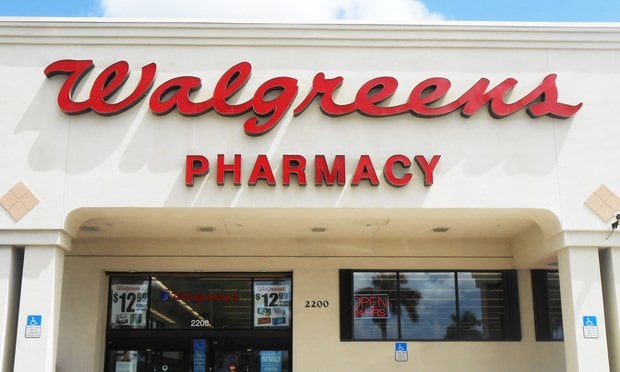Deaths in the United States from prescription drug overdoses have skyrocketed in the last two decades. However, the rate of increase is much greater in 29 states, having doubled since 1999.
A study examining whether states were taking steps to reduce prescription drug ODs found that, in some states with the highest rate of ODs, the least amount of effort is being made to address the issue.
The study, "Prescription Drug Abuse: Strategies to Stop the Epidemic," was conducted by the Trust for America's Health. It offered this comparison: a ranking of states by rate of deaths from prescription drug overdoses; and a ranking of states based upon their adoption of specific measures, or indicators, they could be taking to reduce the OD death rate.
Recommended For You
What emerges is a window into how states with a severe problem choose to address it. For instance, New Mexico has one of the highest OD rates (23.8 per 100,000 residents) and is scored a 10 of 10 on adoption of responsive measures—the highest possible rating. The other perfect 10, Vermont, has one of the lowest rates (9.7) but apparently is determined to reduce it even further.
At the other end of the scale, Missouri has relatively high death rate (17, seventh highest among the states) but scored only a 3 of 10 on the prevention scale. (Maybe Missouri could Show Me why this is a good plan.)
Kentucky is trying to address its OD rate, third highest in the nation, by taking advantage of 9 of 10 strategies to fight the high death rate. California, like Vermont, is refusing to stand pat despite ranking near the bottom of states with drug OD (37). It scored an 8-out-of-10 grade on strategies to reduce deaths.
A trio of laggards — Arizona, Pennsylvania and Wyoming — is apparently turning a blind eye to an obvious problem. All three had high death rates but scored very poorly (4 out of 10) on the strategies ranking.
States like South Dakota don't have a problem (death rate the lowest save for its neighbor, North Dakota) and so the state isn't addressing it, having adopted just 2 of 10 strategies.
Other data from the study included:
- West Virginia had the highest number of drug overdose deaths, at 28.9 per every 100,000 people – a 605 percent increase from 1999, when the rate was only 4.1 per every 100,000.
- North Dakota had the lowest rate at 3.4 per every 100,000 people.
- Just over one-third of states (17 and Washington, D.C.) have a law in place to expand access to, and use of naloxone — a prescription drug that can be effective in counteracting an overdose — by lay administrators.
- Fewer than half of states (22) have laws that require or recommend education for doctors and other health care providers who prescribe prescription pain medication.
- 32 states have a law requiring or permitting a pharmacist to require an ID prior to dispensing a controlled substance.
- Only 16 states require medical providers to use Prescription Drug Monitoring Program to help identify "doctor shoppers," problem prescribers and individuals in need of treatment
The report noted that death by prescription drug overdoses now surpasses death from automobile accidents, and, in 29 states and the nation's capital, from heroin and cocaine overdoses combined. It estimated the cost to the nation of prescription drug deaths at $53.4 billion, and offered a series of recommendations states could take to address the issue.
© 2025 ALM Global, LLC, All Rights Reserved. Request academic re-use from www.copyright.com. All other uses, submit a request to [email protected]. For more information visit Asset & Logo Licensing.








